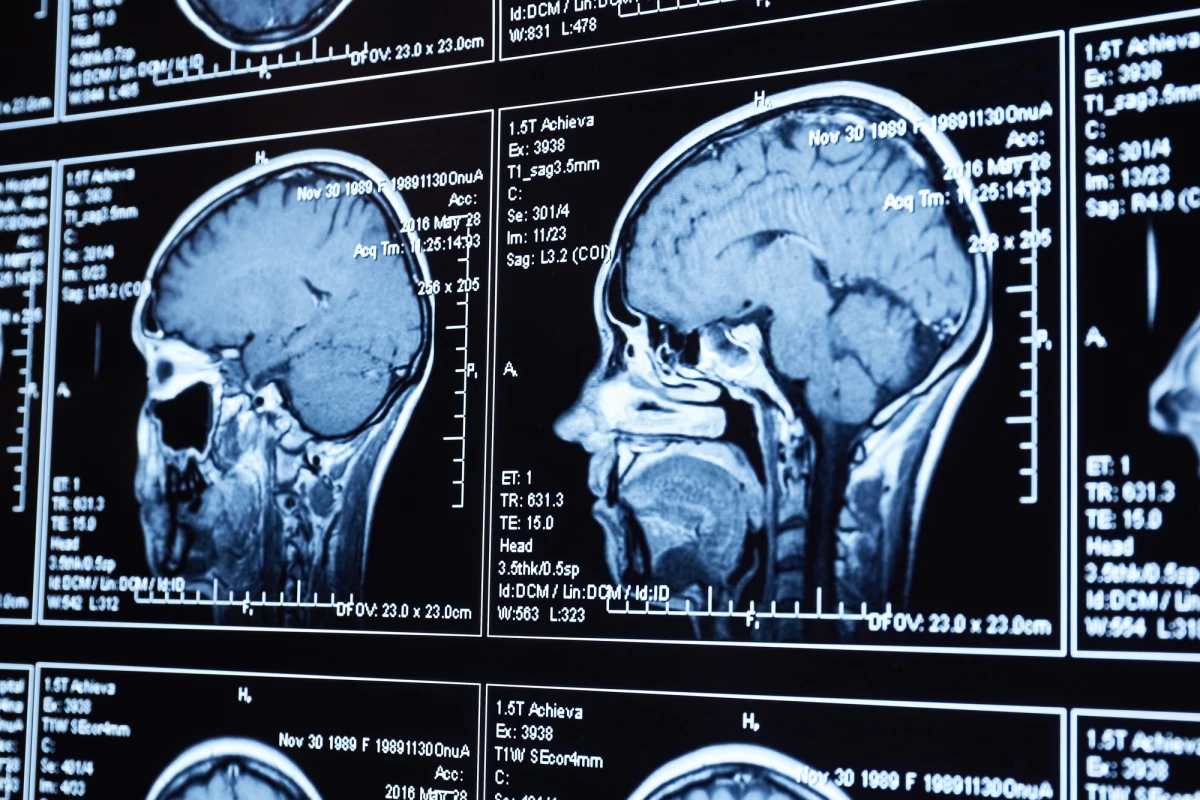Health
Cambridge Researchers Map Five Key Epochs of Brain Development

A groundbreaking study conducted by researchers at the University of Cambridge has identified five distinct epochs in human brain development, revealing crucial insights into how the brain changes throughout life. The research highlights four major periods where significant transformations occur, suggesting that the adolescent phase extends into the early 30s, which could have important implications for understanding cognitive development and neurological conditions.
The study analyzed data from 3,802 participants, ranging from newborns to individuals aged 90, all of whom had undergone MRI diffusion scans. These scans track the movement of water molecules in brain tissue, allowing scientists to map neural connections effectively. The findings indicate that there are four critical times in life when the brain undergoes notable topological changes before entering stable periods lasting for years.
Understanding the Epochs of Brain Development
Dr. Alexa Mousley, a Gates Cambridge Scholar and lead researcher, emphasized the significance of this study, stating, “We know the brain’s wiring is crucial to our development, but we lack a big picture of how it changes across our lives and why.” The identified epochs provide essential context regarding what our brains may excel at or be vulnerable to during different life stages.
The first epoch spans from birth to around age nine and is characterized by “network consolidation.” During this phase, the brain reduces the vast number of synapses present at birth, allowing for the survival of the most active connections. It is also a time of rapid growth in gray and white matter, leading to a peak in cortical thickness—the brain’s outer layer. This thickness is known to decline with age and conditions such as Alzheimer’s disease.
Following this initial phase, the brain enters its adolescent epoch, which lasts approximately until age 32. This period focuses on creating shorter and more efficient neural connections, both within specific brain regions and throughout the entire organ. Remarkably, researchers found that this phase lasts longer than previously thought.
The next significant shift occurs around age 32, marking the transition to adulthood. This phase is noted as the strongest turning point in the brain’s evolution, according to researchers. Dr. Mousley noted, “Around the age of 32, we see the most directional changes in wiring and the largest overall shift in trajectory, compared to all the other turning points.” The adult phase represents the longest epoch, maintaining relative stability for approximately 30 years.
Later Life Changes and Implications
The subsequent shift begins around age 66. While the changes in this phase are not as pronounced as those seen earlier, the brain continues to reorganize itself, albeit at a slower rate. “The data suggest that a gradual reorganization of brain networks culminates in the mid-sixties,” Dr. Mousley explained. This gradual change is likely related to aging, as white matter connectivity begins to decline, increasing the risk of various health conditions that may affect the brain.
The final epoch arises around age 83. Although data for this phase is limited, researchers found that cognitive processing shifts from a global model to a more localized one. This shift means that individuals may rely more on specific regions of the brain for cognitive tasks rather than processing information across the entire brain.
Senior study author Duncan Astle concluded, “Many neurodevelopmental, mental health, and neurological conditions are linked to the way the brain is wired.” Understanding that brain development is not a straightforward progression but rather a series of major turning points can help identify when and how its wiring may be susceptible to disruption.
The findings from this study have been published in the journal Nature Communications, offering valuable insights into brain development that could influence future research and health strategies.
-

 Technology5 months ago
Technology5 months agoDiscover the Top 10 Calorie Counting Apps of 2025
-

 Technology3 weeks ago
Technology3 weeks agoOpenAI to Implement Age Verification for ChatGPT by December 2025
-

 Health3 months ago
Health3 months agoBella Hadid Shares Health Update After Treatment for Lyme Disease
-

 Health4 months ago
Health4 months agoAnalysts Project Stronger Growth for Apple’s iPhone 17 Lineup
-

 Health4 months ago
Health4 months agoErin Bates Shares Recovery Update Following Sepsis Complications
-

 Technology5 months ago
Technology5 months agoDiscover How to Reverse Image Search Using ChatGPT Effortlessly
-

 Technology3 months ago
Technology3 months agoElectric Moto Influencer Surronster Arrested in Tijuana
-

 Technology5 months ago
Technology5 months agoMeta Initiates $60B AI Data Center Expansion, Starting in Ohio
-

 Technology2 months ago
Technology2 months agoDiscover 2025’s Top GPUs for Exceptional 4K Gaming Performance
-

 Technology5 months ago
Technology5 months agoRecovering a Suspended TikTok Account: A Step-by-Step Guide
-

 Health5 months ago
Health5 months agoTested: Rab Firewall Mountain Jacket Survives Harsh Conditions
-

 Lifestyle5 months ago
Lifestyle5 months agoBelton Family Reunites After Daughter Survives Hill Country Floods





















